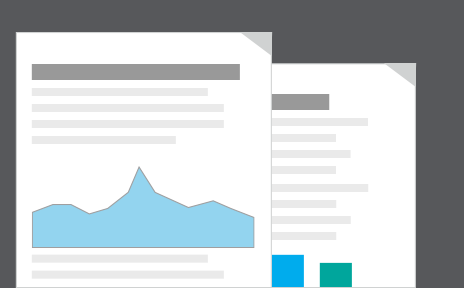Spotlight

Conceptions in England and Wales: 2022
What's in the bulletin?
- There were 834,260 conceptions for women of all ages in England and Wales in 2022, which is the second consecutive annual increase; the conception rate remained unchanged from 2021, at 71.4 conceptions per 1,000 women.
- Women aged 30 to 34 years had the highest number of conceptions and conception rate for the sixth year in a row and the lowest percentage of conceptions leading to abortion.
- The conception rate fell among women aged 30 years and over and rose among women aged younger than 30 years, compared with the previous year.

Childbearing for women born in different years, England and Wales: 2023
What's in the bulletin?
- In this bulletin, we focus on the fertility patterns of women born in 1978 and compare them with past and projected future generations; this is the most recent cohort for which we have observed completed family size data.
- Women in England and Wales who were born in 1978 have an average completed family size of 1.95 children, which is the highest average since women born in 1961; however, this is a lower average when compared with 2.04 children for their mothers' generation (assumed to be those born in 1951).
- Women born in 2007 (considered to be the daughters of those born in 1978) are projected to have smaller families than their mothers, with an average completed family size of 1.52 children; this estimate uses the 2022-based principal national population projections.
Births in England and Wales
Live births, stillbirths and the intensity of childbearing, measured by the total fertility rate.
Datasets related to Conception and fertility rates
-
Quarterly conceptions to women aged under 18 years, England and Wales
Quarterly statistics on conceptions to women aged under 18 years resident in England and Wales; numbers and rates are by regions and other local authority areas.
-
Conceptions in England and Wales
Annual statistics on conceptions to residents of England and Wales, with numbers and rates by age group including women aged under 18 years, inside and outside marriage or civil partnership, and area of usual residence.
-
Childbearing for women born in different years
Annual analysis of fertility by cohort for women born in England and Wales. Cohort fertility analysis allows the fertility experience of a group of women sharing the same birth year (a “cohort”) to be traced through time and compared with other cohorts.
-
Conceptions in England and Wales
Annual statistics on conceptions to residents of England and Wales, with numbers and rates by age group including women aged under 18 years, inside and outside marriage or civil partnership, and area of usual residence.
Publications related to Conception and fertility rates
Statistical bulletins
-
Childbearing for women born in different years, England and Wales: 2023
The changing composition of families over time, comparing the fertility of women of the same age and the number of children they have had.
-
Births by parents’ country of birth, England and Wales: 2023
Annual statistics on live births including countries of birth for non-UK-born mothers and fathers.
-
Births in England and Wales: 2024
Annual live births, stillbirths, maternities, and stillbirth rates, in England and Wales by factors including parent age, parent country of birth, ethnicity, deprivation, gestational age and birthweight.
-
Birth characteristics in England and Wales: 2022
Annual live births in England and Wales by sex, birthweight, gestational age, ethnicity and month, maternities by place of birth and with multiple births, and stillbirths by age of parents and calendar quarter.
-
Conceptions in England and Wales: 2022
Annual statistics on conceptions to residents of England and Wales, with numbers and rates by age group including women aged under 18 years.
Articles
-
Childbearing by socio-economic status and country of birth of mother
This article explores the relationship between the socio-economic status of women and their fertility and, in particular, examines how this differs for UK born women compared with non-UK born women. How is a woman’s socio-economic status associated with her childbearing outcomes?
Methodology related to Conception and fertility rates
Find, compare and visualise statistics about places within the United Kingdom.
